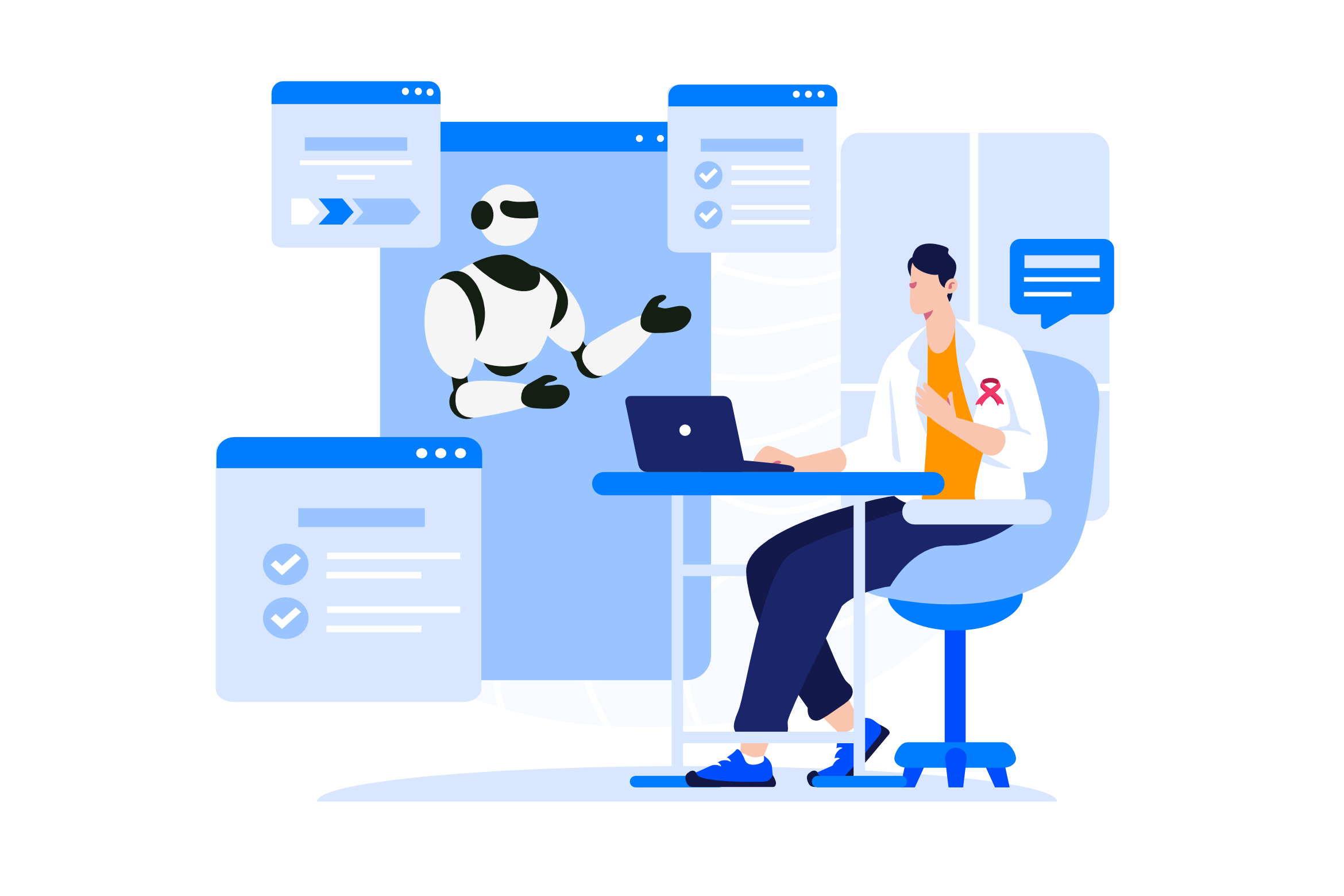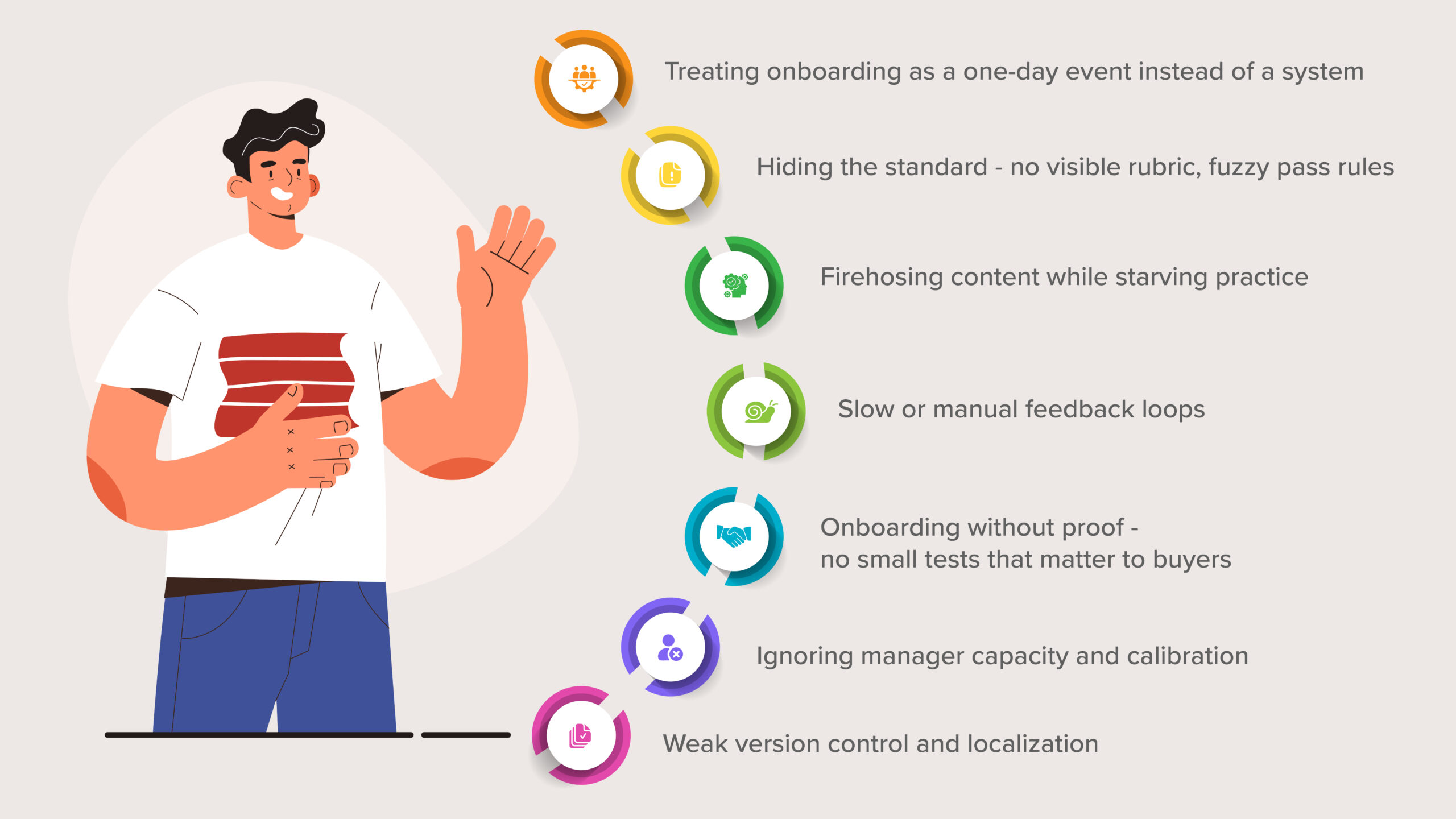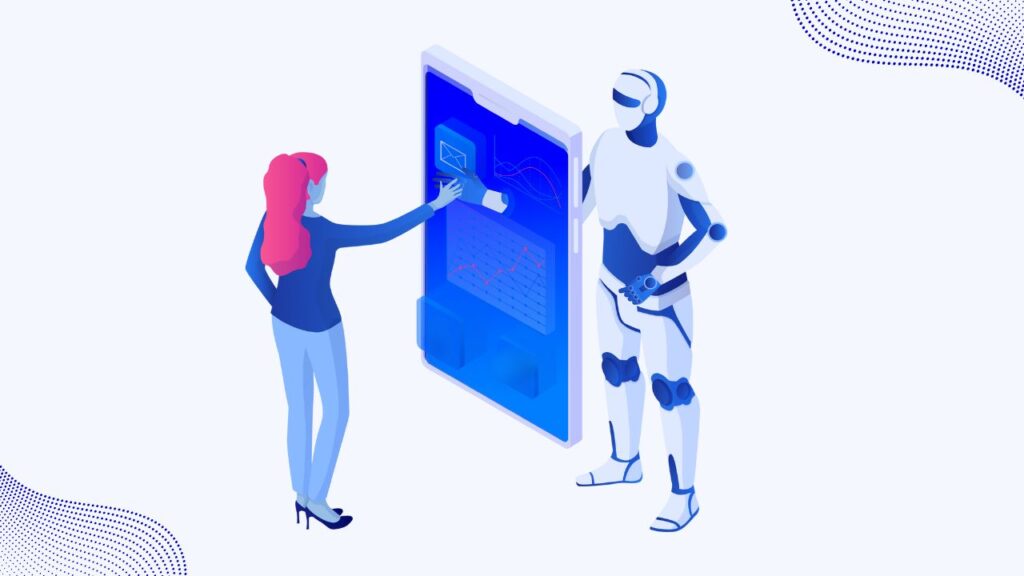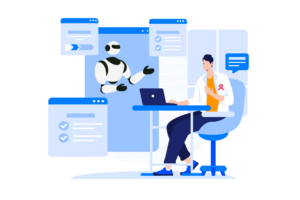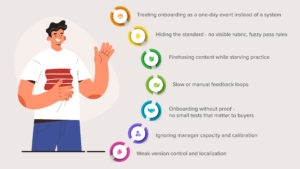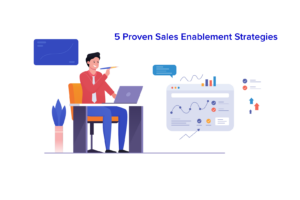A Modern Sales Leader’s Dilemma
Some sales teams undergoing AI training are sprinting ahead, while others are stuck in the past, using outdated training methods that do not satisfy today’s buyers.
Imagine Mathew, the head of global sales for one of the top companies, with sales teams in the US, Europe, and Asia Pacific.
The company seemingly has everything: a modern CRM, a fully featured LMS, and an impressive product portfolio. Still, he notices the same painful pattern quarter after quarter – new reps continue to take months to ramp up, messaging is inconsistent across regions, and regional cohesion and uniformity are an elusive dream.
Mathew’s observations are not out of the ordinary: he reflects the ‘AI-Divide’ that is emerging in enterprise sales. Some teams are rushing ahead with AI-powered training and readiness for the real-time world, while others are stuck with old-school, one-size-fits-all training methods. This blog explores the implications of this AI-Divide for enterprise sales leaders, why it is a growing concern, and how sales teams can be strategically positioned to be on the winning side.
Understanding AI-Divide in Depth
The AI-Divide represents the growing gap between sales teams that have adopted AI-driven platforms for sales training and enablement versus those sticking to conventional training methods.
According to Gartner, by 2027, nearly 95% of seller research workflows will begin with AI, up from less than 20% today. Teams on the leading edge of this divide ramp up new reps faster, deliver consistent messaging across regions, and handle high-stakes interactions with confidence.
In contrast, teams without an AI-powered training approach face longer sales cycles, inconsistent messaging, and mounting pressure from competitors already leading the way with AI. The impact goes beyond missed quotas. Falling behind risks brand credibility, regional inconsistencies, and lost market share in highly competitive sectors.
Risk of Lagging Behind in Sales Readiness
The latest McKinsey survey indicates how teams that invest in more sophisticated sales technology have a 3X greater chance of exceeding revenue targets, coupled with a reported 30% faster ramp times. Many teams tend to falter halfway through the process, and the overpowering reliance on traditional training is the root cause that destroys sales potential. In enterprise sales, each moment of uncertainty is a chance to bleed revenue and market presence, which is dire in today’s ultra-competitive environment.
What are the consequences for those who lag? Reports suggest the impact can be costly:
→ Longer ramp times leave new hires unproductive, stretching the cost of every vacant seat.
→ Messaging that drifts across regions erodes brand credibility and weakens executive trust.
→ Missed quotas and rising attrition follow as reps struggle with real‑world complexity.
Why Traditional Sales Training Falls Short Against AI-Roleplays
For decades, classroom-style lecture-based training, LMS content, and annual sales kick-offs have been the backbone of sales readiness. But as sales cycles get more complex, these methods reveal their flaws:
1. Static Roleplays Create False Confidence:
Even the best classroom roleplays fall short of real-world pressure. They miss the unpredictability and real-time cues of live buyer interactions. Thus, it results in creating a false sense of readiness among reps, which might get hit hard when they go into the field.
2. LMS and E-learning Remain Passive:
Watching demos or bookmarking presentations can build awareness, but it does not prepare reps for the adaptive, objection-heavy conversations they would face in the field.
3. Global Scale Add Gaps:
Distributed teams face regional barriers in the form of languages, cultures, and, not to mention, compliance risks. In such scenes, the fragmented training makes consistent, field-ready messaging difficult to achieve worldwide.
The result?
Sales reps who excel in theory may falter in real-time interactions, right when your business needs them the most.
A Smarter Path for Sales Excellence: AI-Powered Roleplays
Just like in aviation, pilots rely on flight simulators to build confidence before taking control of a real aircraft. Enterprise sales teams now have an equivalent: AI-driven roleplay.
AI roleplay platforms simulate complex, branching buyer interactions using advanced natural language processing. Sales reps can practice objections, test negotiation strategies, and refine their messaging – anytime, from any device. Scenarios adapt to new products, compliance requirements, or market changes, ensuring every session reflects real-world complexity.
For enterprise leaders, the value is transformative:
→ Scalability: Train teams across continents, simultaneously with uniform quality.
→ Consistency: Ensure every rep delivers the same clear, compliant message
→ Readiness: Prepare reps for the unpredictable dynamics of real-world objection handling and live customer interactions
Practical Use Cases of AI Roleplay in Enterprise Sales
Executives evaluating AI Roleplay often ask: Where does it deliver the most impact? Here are the four most impactful scenarios:
1. Accelerated New Hire Onboarding:
Traditional onboarding often stretches for weeks, even months, depending on live coaching. With AI Roleplay, new hires can practice realistic scenarios from day one, building confidence faster.
2. Product Launch Objection Handling:
Usually, when a new product hits the market, reps are under pressure to get the facts right, especially during unplanned objections. AI Roleplay gives them a safe space to rehearse those launch scenarios until they are prepared to tackle objections and respond when competitors come up.
3. Multi-language and Compliance-Aware Training:
Global sales teams face unique challenges – different languages, regulatory environments, and cultural nuances. AI Roleplay can mirror these conversations in multiple languages, incorporating compliance rules. Ensuring every customer interaction feels polished and professional.
4. Leader Insights and Real-time Coaching Analytics:
AI Roleplay platforms can generate performance analytics highlighting where individuals struggle, allowing team leaders to focus on specific areas without spending hours sitting in on live calls or roleplays.
How to Get Ahead of the AI-Divide
Even with clear, practical use cases for AI Roleplay in enterprise sales, success depends on how you approach adoption. The question is no longer whether AI will change sales readiness; it already is on track to do so. The question lies in whether your team will lead the shift or fall behind. A deliberate, strategic plan can position you to stay ahead:
→ Start with a formal AI Training Strategy: Treat AI Roleplay as a strategic capability, not an experimental side project. Begin by defining measurable goals such as shorter ramp times for new hires, consistent messaging across multiple geographies, and strict adherence to compliance requirements. Outline how AI training will integrate with existing learning frameworks and systems, so that adoption is smooth
→ Pilot with High Impact: Begin your AI Roleplay where it can produce visible, high-value results quickly instead of spreading resources all around. Assign AI Roleplay to onboarding new hires since it is often the most fertile ground where AI allows them to practice conversations before they speak to a real-world customer. Thus, building rep confidence and enabling teams to master positioning, objection handling, and compliance.
→ Measure and Scale: With your first pilot launch, track both quantitative and qualitative outcomes that cover conversation quality, compliance accuracy, and time-to-completion. Gather success stories from managers, team leads, and even sales reps who have seen major benefits as an internal case study. With a proven impact in hand, slowly introduce AI-Roleplay systematically to additional regions, business units, and product lines, ensuring the program remains aligned with the organization’s goals.
Proven Business Impact & ROI
Leading enterprises adopting AI Roleplay report clear, measurable improvements such as:
→ Faster Ramp Time: Shorten time-to-completion and reduce performance variance among new hires, closing costly revenue gaps caused by slow onboarding
→ Improved Brand & Messaging Consistency: Standardize value articulation and compliance across geographies, becoming crucial when selling in regulated or competitive markets
→ Higher Quota Attainment: Sellers consistently achieve stronger win rates by entering every customer interaction prepared for the most challenging objections and scenarios
→ Operational Cost Savings: Deploy live coaching selectively by minimizing the logistical challenges by cutting the costs of live trainers, travel, accommodation, and repetitive manual coaching.
Take the Next Step:
The AI divide in enterprise sales is growing wider each day. Teams that act now will be able to deliver a consistent sales experience across all markets. Those who delay might risk falling behind competitors already adopting AI.
Leading enterprises have already begun making the shift, and SmartWinnr is at the forefront with its Next-Gen AI Roleplay platform. With ready-to-use scenario templates, multilingual capabilities, and compliance-ready analytics, enabling your team to close the gap with speed and precision.
If you’re wondering, your team is still on the wrong side of the AI Divide. Now is the time to see what AI-powered roleplay can do for your organization.
Leadership starts with the choices you make today.
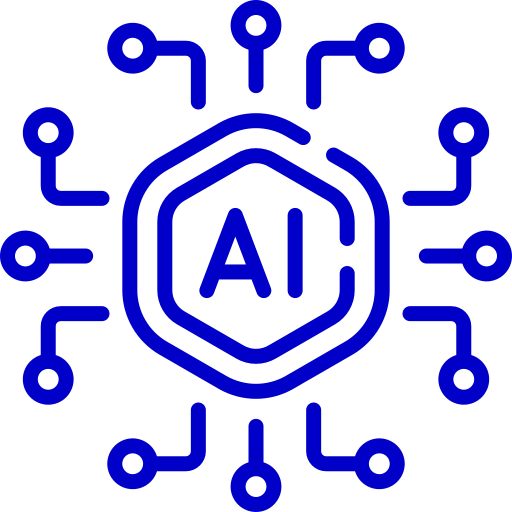 Two way AI Role Plays
Two way AI Role Plays Targeted Learning
Targeted Learning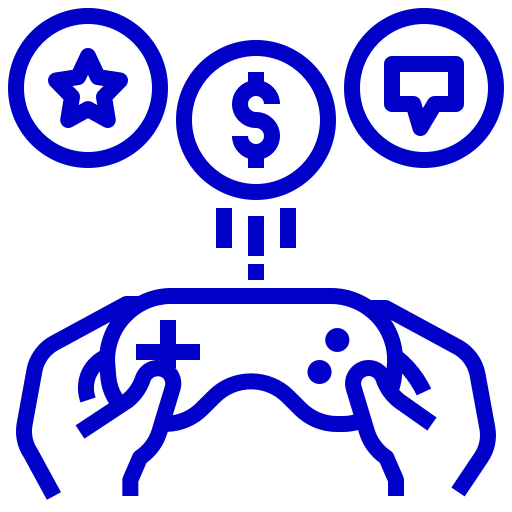 Gamification
Gamification Sales Coaching
Sales Coaching Sales Contest
Sales Contest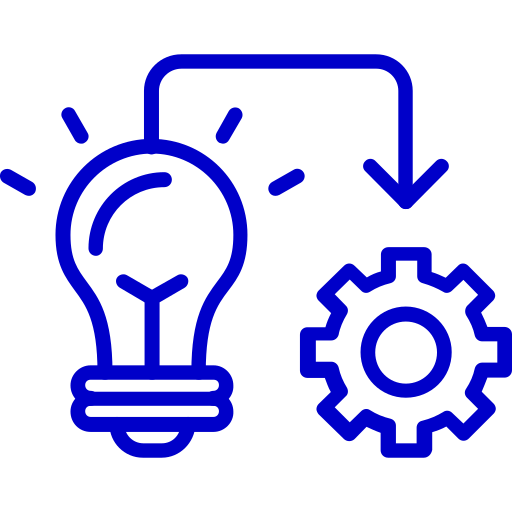 Implementation
Implementation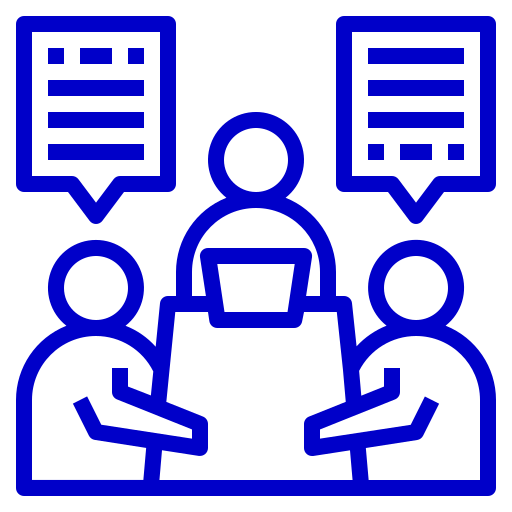 Consulting
Consulting Enterprise Ready
Enterprise Ready Pharmaceuticals
Pharmaceuticals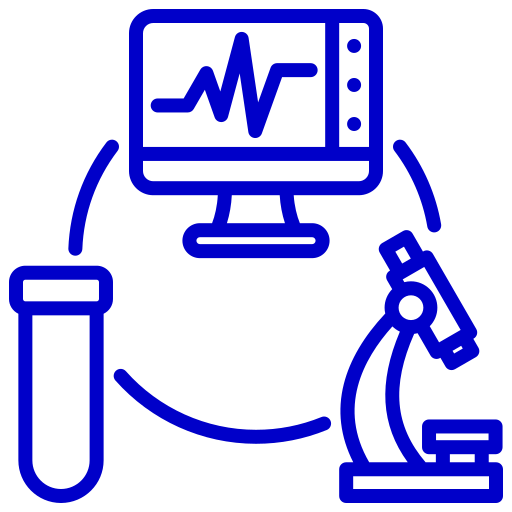 Medical Devices
Medical Devices Insurance
Insurance Banking
Banking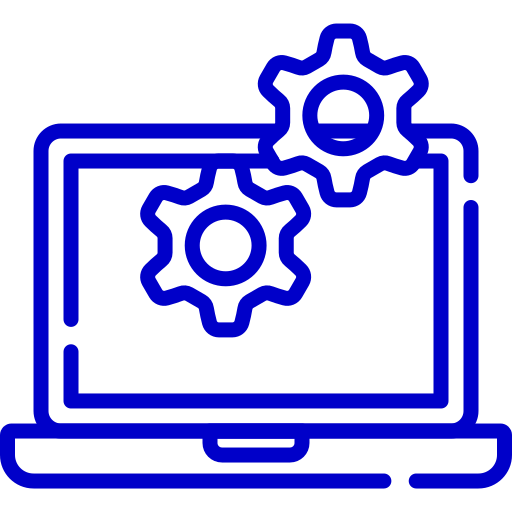 Technology
Technology Senior Living
Senior Living Sales
Sales Call Centers
Call Centers Marketing
Marketing Improve Sales Productivity
Improve Sales Productivity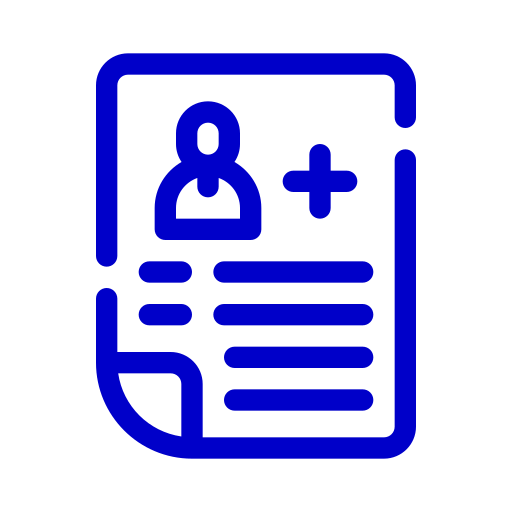 New Hire Onboarding
New Hire Onboarding New Product Launch
New Product Launch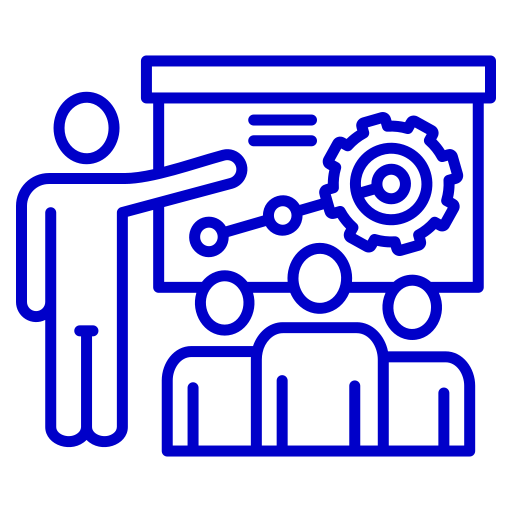 Channel Partner Training
Channel Partner Training Sales Events
Sales Events Success Stories
Success Stories Whitepapers and eBooks
Whitepapers and eBooks Contest Template Designer Tool
Contest Template Designer Tool Sales Training
Sales Training Gamification
Gamification All Blogs
All Blogs